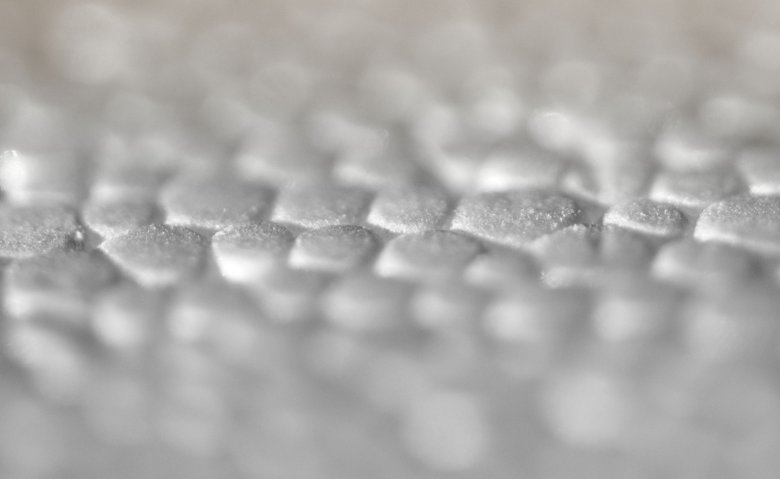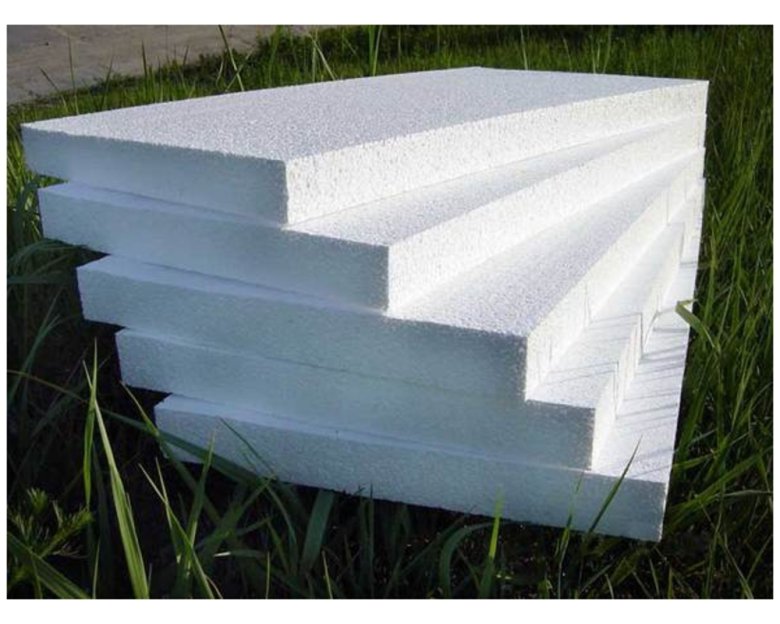- April 25, 2024

Making the right insulation in the house is one of the most important construction works. Its effects have a huge impact on whether such a building will provide us with thermal comfort and whether it will have the right temperature. It is worth remembering that we live in a rather cold climate, where at certain times of the year temperatures can drop to really low levels. If we do not find the right way to protect ourselves from such frosts, then experiencing any harsh winter will be torture for us. In addition, good warming is an important investment. Thanks to it, we will spend much less money on heating the entire building; we will also take care of our environment in this way.
In many cases we focus only on the walls of such a building when performing insulation. They are, of course, an important part of it, but all the insulation does not make much sense if we do not also do it at the foundations and on the roof of the building. As research shows, in a standard single-family house as much as 20% of heat is lost through the ceiling itself - you only need to think how much money you need to spend on heating to compensate for these losses. So if we start to insulate a house, we have to think about everything - every element of such a building should be properly insulated. Of course, in order to make a good insulation of a house it is necessary to prepare an appropriate plan of the house beforehand. It is best to think about such things already at the stage of designing the house, and all the work related to the implementation of the plan should be done in parallel with other construction works - in this way we will save ourselves a lot of unnecessary problems.
One of the most important issues we need to consider here is the choice of the right material to make this warming. The possibilities are, of course, very wide. One of the most standard, almost classic solutions is an ordinary foamed polystyrene, the properties of which make it perfect for this task. Apart from excellent insulating properties, styrofoam also offers easy processing, low weight, relatively low prices and a number of other advantages that make it one of the best proposals here. It is worth remembering that the selected building elements are subject to different conditions.

Styrofoam is perfect for insulating basements or foundations - the material is constantly exposed to moisture, and the foamed polystyrene has a fairly low rate of absorption. One of the best solutions to protect buildings from ground moisture is the so-called perimeter insulation. If the design is skillful, thermal bridges and the damaging effects of low temperatures are eliminated. It is very important that the material used to insulate the parts of the building close to the ground is sufficiently hard - contrary to appearances, polystyrene foam meets these requirements well. In addition, various types of foamed polystyrene are available on the market with different properties. In this case, the best solution is EPS P polystyrene boards, which are characterized by both high hardness and low absorbability. They are so resistant to ground conditions that they can usually be installed directly without any additional protective layer.
Another issue is the insulation of the roof. A lot depends here on what kind of roof is used in a given building. For example, for slanting roofs, Styrofoam panels are used quite rarely, although this approach is probably more habitual than real arguments. Styrofoam panels, also in the case of roofs, can offer high efficiency, and their properties make them perfect for such conditions. However, it must be accepted that they are more difficult to insulate a slanting roof and require more work. However, if the results are so good, maybe it is worth spending a little more effort on it? A great advantage of styrofoam in this case is the fact that it can be used for such insulation at any time of year.
Some materials are too sensitive to moisture or low temperatures to allow us to do this - in the case of foamed polystyrene there is practically no such problem. A certain myth about styrofoam, which has already managed to enter the consciousness of most people quite commonly, is that in the case of this material, a big problem is thermal bridges. However, by using boards with special tongue and groove joints, this phenomenon can be completely eliminated. All this shows that styrofoam is a rather underestimated material. Usually we associate it mainly with an old-fashioned and cheap solution, which you can decide on if you do not have more requirements here. In reality, however, it works perfectly in many conditions and offers excellent thermal insulation properties.